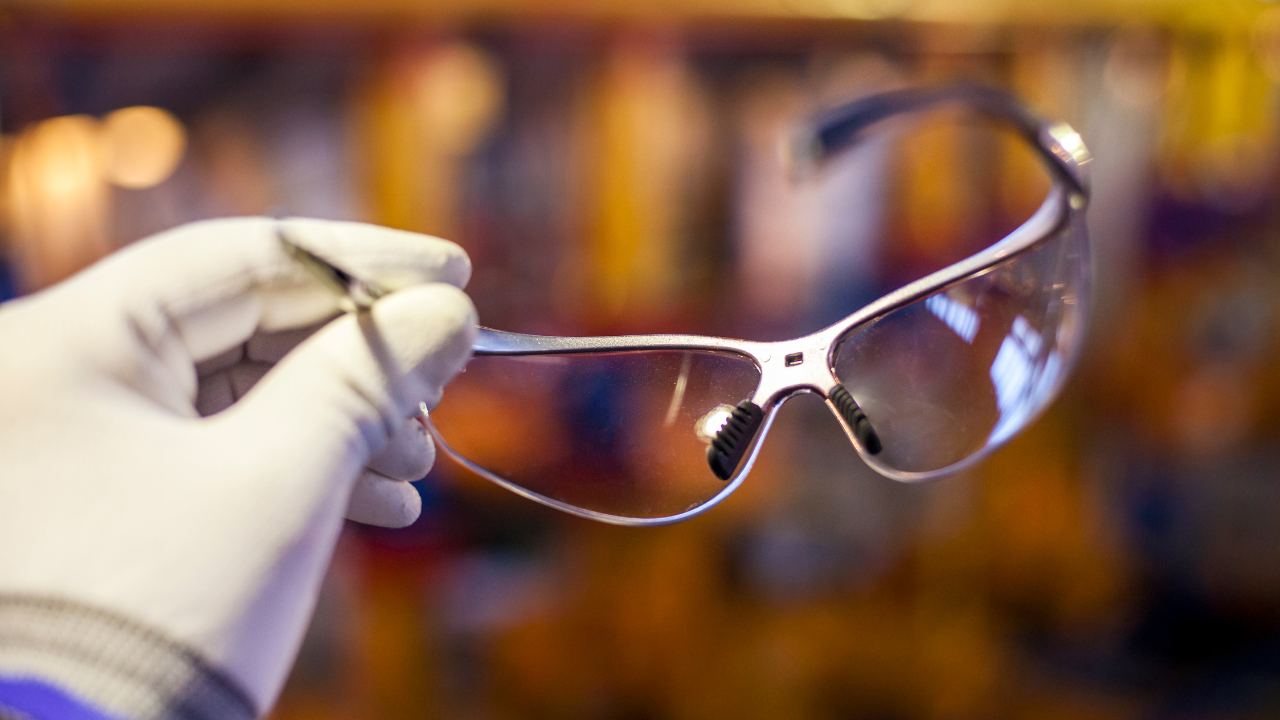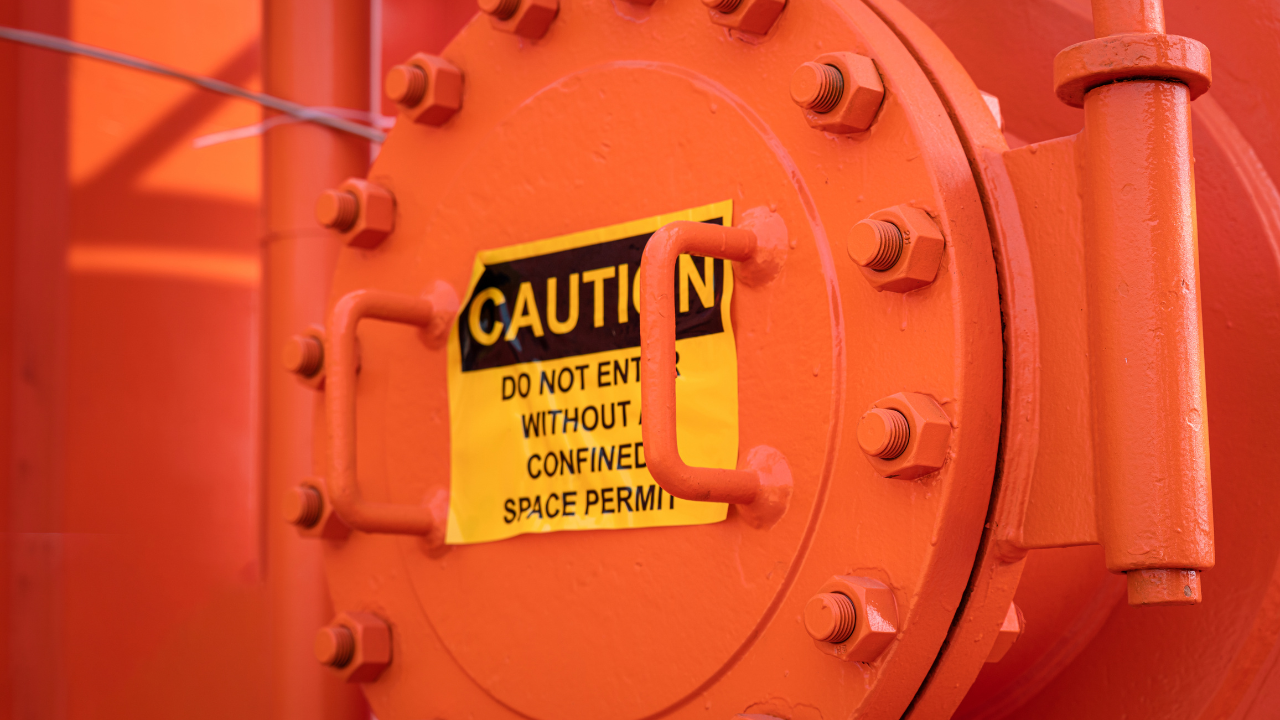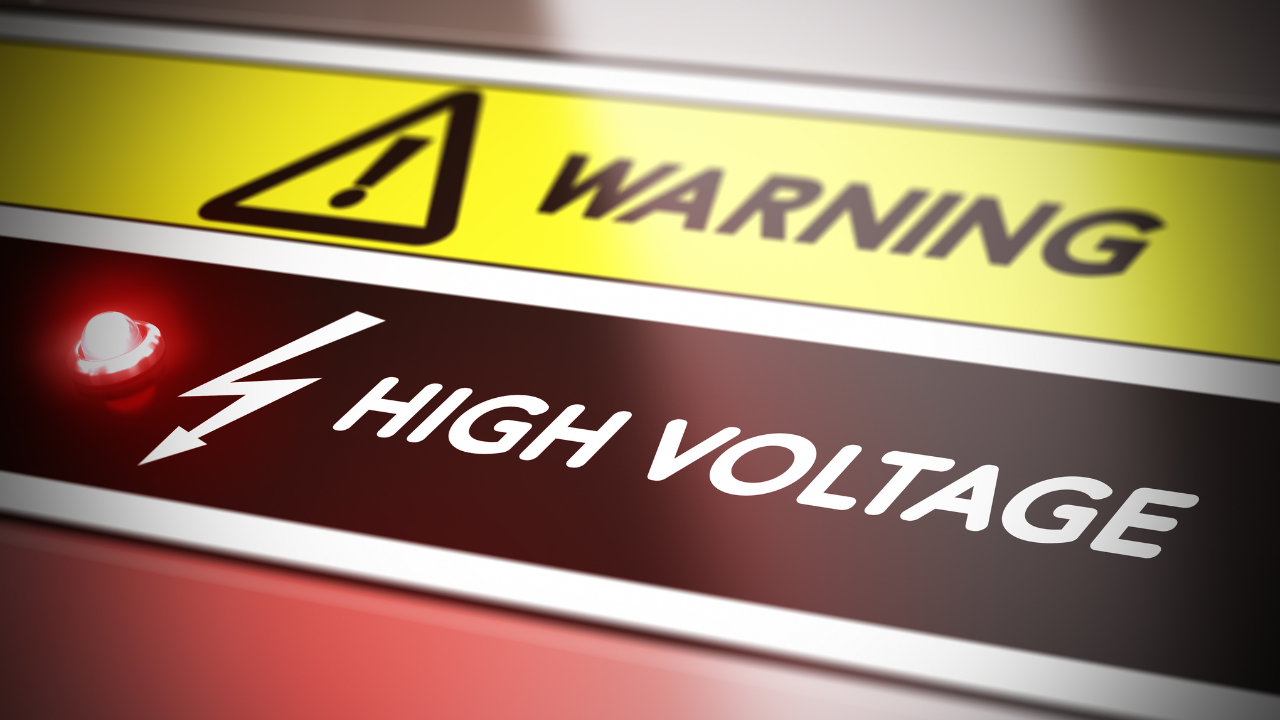Eye Injuries are a Serious Threat to American Workers
Plant Safety and Maintenance
In 2001, close to 100,000 people were treated in U.S. Hospital emergency rooms for eye injuries related to the workplace, yet this figure actually only represents a small portion of the total number of injuries.
According to the U.S. Bureau of Labor Statistics, each day, as many as 2,000 workers incur eye injuries related to their jobs. According to Prevent Blindness America (PBA), 90% of these injuries are preventable.
Roy and Jack were just two of the workers who experienced such eye injuries one with a happy ending and the other, tragic. Roy was installing aluminum siding on the side of a house. The air powered staple gun fired a staple, hitting a metal plate behind the siding. The impact caused the staple to ricochet straight into his face with incredible force. The right lens of Roy’s safety glasses cracked, the staple partially penetrating the lens. Roy suffered minor bruising to his eyebrow and cheekbone that cleared up within a week. Had he not been wearing the safety glasses, he most likely would have lost all or part of the sight in his right eye.
Unfortunately, Jack’s story did not have such a happy ending. He was using an electric grinder on large aluminum parts, when suddenly a jagged piece of aluminum broke off and shot straight into his left eye. Jack was not wearing safety glasses and the sharp piece of metal severely cut through his eye. Bleeding profusely, Jack was rushed to the emergency room, but his eye could not be saved.
The enforcement of safety procedures and mandatory safety eyewear at his company could have saved his sight. There are many steps that can be taken in industry to protect ones eyes. The first step is to assess work areas for accidents that can be caused by impact, heat, chemicals, dust, glare and optical radiation. The second is to have a good, sound safety program in place that mandates that 100 percent of employees, managers and visitors follow eye safety rules.
This same principle should apply to schools with industrial design and trade courses. The goal is for everyone to wear the right type of protective eyewear for the specific job whenever hazards are present, said Daniel D. Garrett, PBA spokesperson. There is not a one-size-fits-all standard for every industry, so safety managers must assess what types of safety gear to purchase. All safety glasses and goggles should be ANSI Z87.1 certified for industrial eye protection, with the Z87 mark on the frames or lenses. In certain industries, a face shield and goggles should be absolutely mandatory to protect workers from chemical splashes, or welding light and electrical arc.
PBA is offering several free fact sheets for safety managers and consumers: 2001 Workplace-Related Eye Injuries, 10 Ways to Prevent Occupational Eye Injuries, and Workplace Safety Quiz. In addition, PBA sponsors the Wise Owl Program, a safety education program designed to promote the widespread use of approved protective eyewear that meets ANSI Z87 standards. Since its inception, the program has helped save the sight of 86,000 Wise Owl members. To receive this free information, call the PBA Hotline at 1-800-331-2020.
Founded in 1908, Prevent Blindness America is the nation’s leading volunteer eye health and safety organization dedicated to fighting blindness and saving sight. Focused on promoting a continuum of vision care, Prevent Blindness America touches the lives of millions of people each year through public and professional education, certified vision screening training, community and patient service programs and research. These services are made possible through the generous support of the American public. Together with a network of affiliates, divisions and chapters, it’s committed to eliminating preventable blindness in America. For more information on workplace safety, call 1-800-331-2020 or visit us on the web at www.preventblindness.org
Related Articles

All About Eye Protection

Arc Flash/Arc Blast Review with Safety Suggestions for Design & Maintenance

CSA Launches First Confined Spaces Standard in Canada

Do You Need NFPA 70E?

Electrical Hazards




